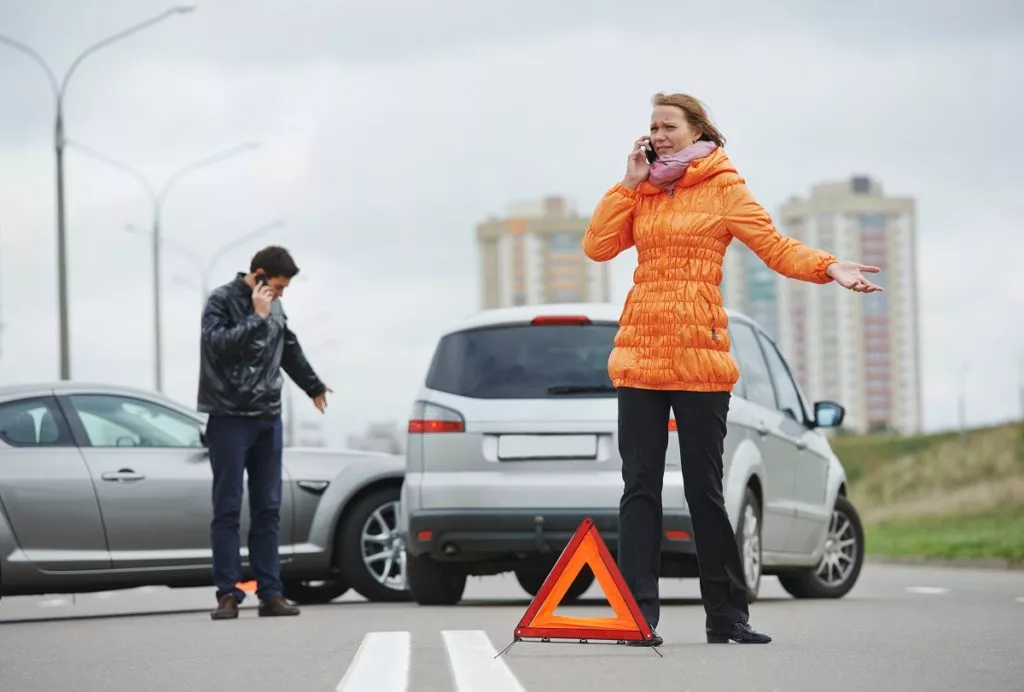Road accidents often lead to a nasty battle in court. Rarely will you come across drivers who will willingly take the blame after a traffic incident. There are even times when those who were injured the most will be blamed for accidents.
Thankfully, we have the court to turn to in case we get into a car accident and the third-party insists they are not the ones at fault. We can also hire a lawyer to help us file a claim. They can be of great help especially if you require an experienced spinal cord injury lawyer.
But the question is, how can courts determine who is to blame for a traffic accident and who is required to pay for the injuries or damages?
Basic Levels of Fault
There are four acknowledged levels of fault. These are negligence, intentional misconduct, recklessness, and strict liability.
Negligence
This is careless conduct that caused harm, damages, or both. There can be two kinds of negligence. One is when you actively do something such as speeding through a stoplight or failing to do something to avoid the incident.
Intentional Misconduct
Intentional misconduct is a wrongful act done intentionally. They may not intend to hurt the person, but they ended up committing actions that led to people getting hurt. They are aware of their actions and does the planning and carrying out of the act,
Recklessness
This is also known as wanton conduct. The person who is reckless knows his actions can cause harm but decided to go for it anyway. Reckless driving can be in a form of the following:
- Tailgating
- Not stopping at stop signs or red lights
- Exceeding the speed limit
- Braking suddenly
- Driving while under the influence
- Not using the right turn signals

Strict Liability
Strict liability occurs when a fault of a defect in a vehicle caused an accident. This can be due to poor car manufacturing. This is when someone is held legally responsible for the harm or damages.
Determining Fault
It can be very hard to identify who is to blame for a road accident and who is required to pay for the damages and injuries. What makes it even more complicated is the fact that different entities would try to check who is to blame for the accident. This includes the insurance companies, law enforcement agencies, and the court.
The Police
After an accident, police enforcers would be called into the scene to draft a police report. They will interview the parties involved in the accident as well as any witnesses who can make a statement or two. Once the police officers are satisfied with their questions, they will then file the police report.
Sometimes, the police will have a professional judgment and will include in the report who they believe is to blame for the incident. They will cite the traffic violations caused by both parties. It can also indicate how much fine one has to pay for breaking the traffic rules.
But more often than not, these don’t have the determination of fault included in the report. Also, remember that just because a police officer noted that the other party is at fault does not automatically mean he is already liable in a lawsuit. But one can use this as rough evidence to show who the negligent driver is.
Insurance Companies
Each of the driver’s insurer will assign an adjuster to review the accident. They will try to look into the incident, talk to witnesses, check medical reports verify the drivers ‘insurance policy, and see how much damage the vehicles took. They would find fault based on the State’s legal definition of negligence and use a percentage to divide and allocate the costs.
When insurance companies and attorneys fail to identify who is at fault, they turn to the court and allow the jury to make the decision. This is usually the time when one party takes the case to the court.
The Court
A judge or the jury will review all pieces of evidence and statements to determine who is negligent and needs to pay for the injuries and damages. Know that there is a concept called negligence per se. If the other driver committed a traffic violation, you can persuade the court to see that the other party caused the accident for violating traffic rules.
There is no easy way to determine the one at fault for a road accident. No driver would want to admit their mistakes and pay other people hundreds to thousands of dollars. Rarely will drivers at risk own up to their mistakes. If you were a victim of such an accident, know that you have the right to file a claim for any damages or injuries incurred. Having an idea of how the law works will give you confidence that you can achieve justice for your damaged property, your injuries, and emotional and mental suffering.
